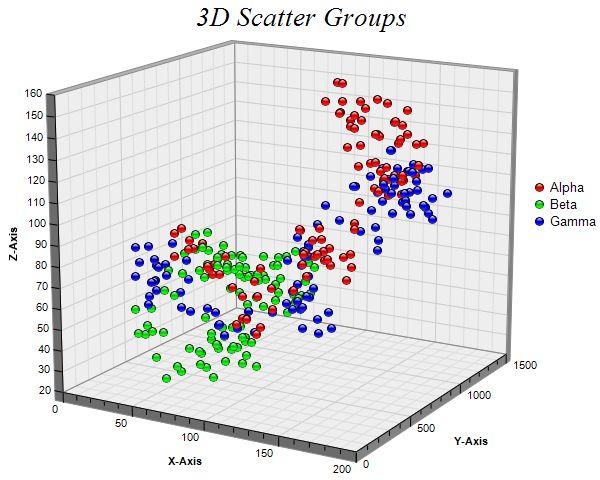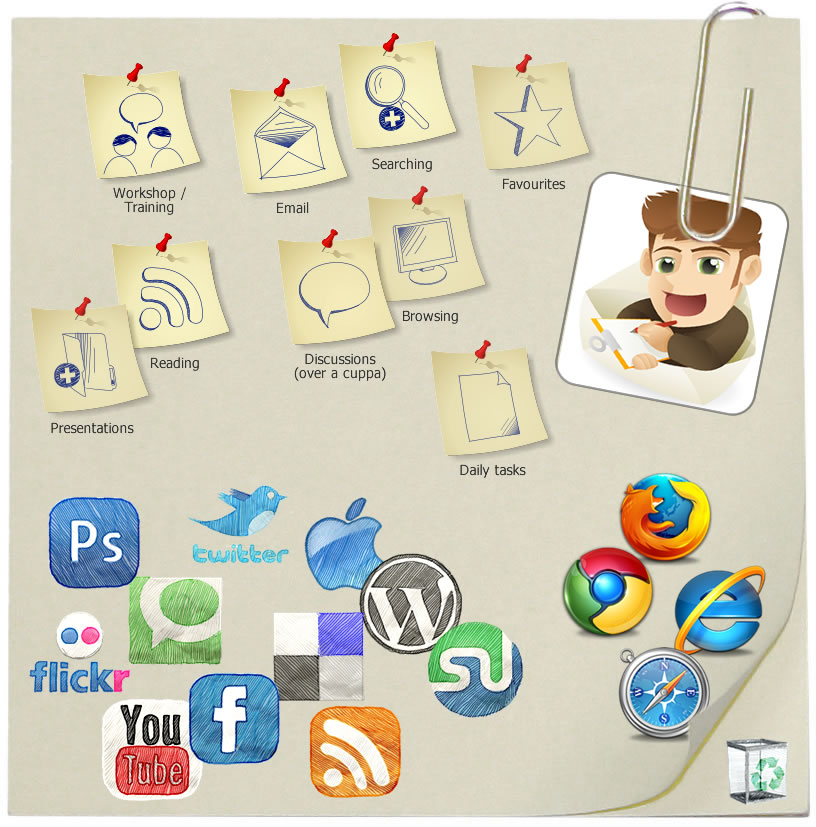This is a story about my experiences with ‘flipped classrooms’ and STEM education. It also is a tale about Vygotsky’s zone of proximal development and ‘scaffolding’. And, ultimately, it relates how I overcame my ‘fear of math’.
| MATH ANXIETY http://bit.ly/17d9bOZ |
I was in 7th grade
when the Soviet Union sent Sputnik 1
into Earth orbit in 1957. [That’s when the ‘space race’ officially commenced.
Before that date, US education had resembled the hare in Æsop’s fable.] And so
began my journey into “accelerated learning”[i].
 |
| Aesop's Fables with an Introduction by Marcus Sedgwick Puffin; Reprint edition (2013) |
In
addition, like most math texts, ours was poorly written and did not provide
intelligible directions for solving problems. Also, since only one of my parents had
graduated from college and had only received a D in her college algebra course,
I had no help from my folks[ii].
[WAS I in a ZPD but my teacher just didn't provide the scaffolding that I
required at the time?]
Over the Christmas break, Mr.
Bozzo assigned a take-home exam. Suffice it to say, I spent most of my vacation
in the Hempstead Public Library, pouring over whatever Algebra texts I could
find on the shelves and trying to understand HOW to do the take-home problems.
My bedroom floor became littered with wads of crumpled notebook paper that
represented several weeks of unsuccessful attempts at solving the assigned
problems. I think I finally figured out how to do the exam problems and
probably passed the mid-term. In retrospect, G-d knows how I survived both
Algebra I and II!
But in sophomore year I
encountered the Chair of our high school’s Math department AND was faced with
Plane & Solid Geometry & Trigonometry[iii].
 |
| [I am NOT casting aspersions on GREAT COURSES!] |
My journey into the joy of mathematics was short-lived.
At the first parent-teacher conference of the year, Dr. Toner
asked my mother:
“Mrs. Simpson,
is your daughter going to be a doctor or an engineer? [You can guess her answer.]
Then WHY is she taking up space in my class?” [I kid you not!]
Suffice it to say, I dropped his
‘honors’ course ASAP and transferred into Regents Geometry. I COULD handle ‘proofs’,
‘theorems’, and ‘postulates’! And, although I couldn't draw free-hand, I COULD
use a protractor, compass, and ruler! And I never took another math course
again! [And I never DID learn how to use a slide rule!]
Fast forward 40 years – I am a
solo librarian at a 2-year proprietary college. Students in our college algebra
course are having trouble with solving quadratic equations. Just about the ONLY
thing I remember from high school Algebra IS the quadratic formula:
 |
| Say it 10x fast! I dare you |
[While I CAN understand
remembering Mnemonics like PEMDAS and SOHCAHTOA, I’m still unable to determine
HOW that quadratic formula stayed with me!]
And so began my career as a math
tutor.
Some things never change – math
books are still being poorly written! Luckily, they now come with Student
Solution Manuals that provide step-by-step instructions on how to solve the odd
numbered problems. By back-engineering the odd-numbered problems, I was able to help students
figure out how to solve their even-numbered homework problems.
And some things have changed with the
times. I couldn't find a table of trigonometric functions at the back of any
math book in my library and had to learn how to use a scientific calculator. I, also, had to teach myself logarithms. [“Look, Ma, no slide rule!” and thank heaven
for PurpleMath.]
First
there were video tutorials on VHS, then on CD and then DVD. There were software
tools you could use online that would provide practice problems, grade your
results, and even show little video clips explaining how to do the problems or show
step-by-step solution instructions. But these were prepared by the same people
whose textbooks were so difficult to follow in the first place! These tools even provided pre-assessments and used a form of AI to develop a sequence of modules
to follow. But often, the same problem was just repeated and varied only by
supplying different units or values. You’d rush to get through ten of them
correctly just to advance to the next module!
Despite
a plethora of tools like Khan Academy videos, some students just didn't get it. Over the years, I found
myself showing numerous students how to calculate and graph trigonometric functions,
how to solve logs, and how to understand things like ∑ummation notation. To keep from writing the same notes by hand day after day and quarter after quarter, I ended up developing little study guides for them to use. [Oh yeah, you caught me – I just created another tool!]
Technology is great. Technology
is good. Technology provides us with a plethora - a veritable cornucopia of tools. However, technology should NOT be used in lieu of one’s brain. When I tutored,
if a student reached for a calculator to do a simple addition or multiplication
problem, I’d slap his hand. Technology can help us
deal with large numbers, or crunch data, or simulate experiments by changing variables and observing (or graphing) the
results.
Technology is NOT Teachology
and, while tech provides a vast array of supplemental tools that appeal to a
variety of learning styles, in the end Learning involves a synergy between a
teacher (be s/he F2F or remote and reachable via email, texting, video chatting,
webinars …) and a learner. Even P2P (Peer-to-Peer) or PBL (Project-Based
Learning) usually require facilitation by a teacher to achieve the desired learning objectives.
[i] The
gist of 'acceleration' was to get students into AP classes to earn credit toward
college prerequisites before entering college. [Advanced Placement tests had
just started being administered by The College Board in 1955.]
[ii]
My mother was a whiz with numbers but just couldn't wrap her mind around the
concept of variables. She religiously
attended each class and struggled to submit each homework assignment and only
received a passing grade from her instructor because she was going to teach 2nd
graders and, therefore, would NOT have to teach algebra. Her instructor said:
“Mrs. Simpson, I’ll pass you only because I don’t want to see you in my class
again!”
[iii] Back
in those days, there were NO calculators. You used slide rules and tables of
trigonometric functions, from which you often had to extrapolate answers to a
certain number of significant digits. [I won't launch into a chorus of 'Those were the days, my friend'!]
[iv] My fear of math was so great that I opted to take Biology as a college freshman to fulfill my science/math distribution requirement and spent two semesters pithing frogs for my classmates and trying to draw what I saw under the microscope. That's when I really could have used the technology! [Yes, that really is using a smartphone as a microscope!]





.jpg)















